Bipolar Disorder Test: Understanding Bipolar 1, Bipolar 2, & Cyclothymia Types
Feeling confused by your mood swings and wondering if they align with bipolar disorder? It's a common question, and the answer isn't always simple. Bipolar disorder exists on a spectrum, and understanding its different forms is the first step toward clarity. In this guide, we'll break down the distinct patterns of Bipolar I, Bipolar II, and Cyclothymia, helping you understand their unique symptoms and differences. This knowledge can empower you, and a confidential self-screening test offers a valuable first step in understanding your mood.
The journey to understanding your mental health can feel isolating, but you are not alone. Many people experience intense shifts in mood and energy, leaving them searching for answers. The term "bipolar" itself can seem intimidating, but breaking it down into its specific types makes it far more approachable. By exploring the nuances of each condition, you can begin to see if your own experiences resonate with these patterns.
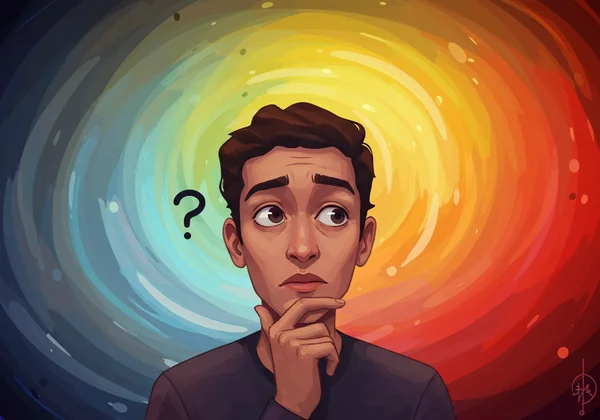
Understanding Bipolar I Disorder: The Peak of Mood Extremes
When people think of bipolar disorder, they often picture the characteristics of Bipolar I. This type is defined by the presence of at least one manic episode. These episodes are not just feeling "up" or happy; they represent a significant and often disruptive departure from a person's usual self. The intensity of these manic phases is the key feature that distinguishes Bipolar I from other types.
Many individuals with Bipolar I also experience major depressive episodes, creating a pattern of extreme highs and profound lows. This stark contrast can have a significant impact on daily life, relationships, and work. Recognizing the signs of both mania and depression is crucial for understanding the full picture of Bipolar I.
What is Mania? Recognizing the Intense Highs of Bipolar I
A manic episode is a period of at least one week where an individual experiences an abnormally elevated, expansive, or irritable mood, coupled with persistently increased energy. This isn't just a good mood; it's a state that can feel euphoric and powerful but can also lead to impaired judgment and risky behavior. Key signs of mania include a decreased need for sleep, being more talkative than usual, racing thoughts, and being easily distracted.
During a manic phase, someone might take on massive projects, spend money recklessly, or engage in impulsive behaviors they wouldn't normally consider. While it might feel productive or exciting at the moment, mania can severely disrupt a person's life and may even require hospitalization to ensure their safety. This level of severity is what truly sets Bipolar I apart.
The Depressive Phases in Bipolar I: Beyond the Euphoria
The other side of the Bipolar I coin is major depressive episodes. These are not just feelings of sadness; they are periods of at least two weeks characterized by a deep, persistent low mood or a loss of interest or pleasure in nearly all activities. The symptoms are often indistinguishable from those of major depressive disorder.
Common signs include significant changes in appetite or weight, sleeping too much or too little, overwhelming fatigue, feelings of worthlessness or excessive guilt, and difficulty concentrating. For many, the depressive episodes of Bipolar I can be just as, or even more, debilitating than the manic ones. Understanding both poles is essential for a complete view of this condition. An am I bipolar test can help identify patterns of both highs and lows.
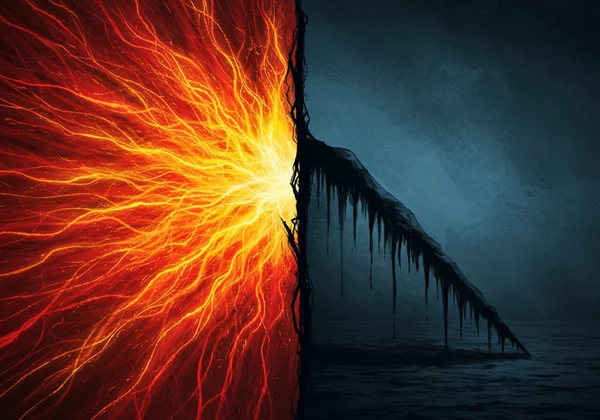
Exploring Bipolar II Disorder: The Subtle Yet Significant Swings
Bipolar II Disorder is often misunderstood or missed because its "highs" are less extreme than those in Bipolar I. The defining feature of Bipolar II is a pattern of at least one hypomanic episode and at least one major depressive episode. There has never been a full manic episode. Because hypomania can feel good and even enhance productivity, it's often not reported as a problem.
As a result, many people with Bipolar II only seek help during their depressive phases and may be misdiagnosed with major depression. This can lead to ineffective treatment, as the therapeutic approach for bipolar depression differs from that for unipolar depression. Recognizing the subtle signs of hypomania is key to getting an accurate picture.
Hypomania vs. Mania: Key Differences in Energy and Mood
The core distinction between Bipolar I and Bipolar II lies in hypomania vs. mania. Hypomania is a less severe version of mania. It involves the same types of symptoms—elevated mood, increased energy, and a decreased need for sleep—but they are less intense and shorter in duration, lasting at least four consecutive days.
Crucially, hypomania does not cause major impairment in social or occupational functioning and never requires hospitalization. A person in a hypomanic state might feel unusually creative, confident, and sociable. While this can seem positive, it's still a departure from their normal state and is part of an unstable mood pattern that includes debilitating depressive episodes.
The Impact of Depressive Episodes in Bipolar II: Often the Predominant Feature
For many individuals with Bipolar II, the depressive episodes are the predominant feature of the disorder. They tend to last longer and occur more frequently than the periods of hypomania. This is the primary reason why so many people with Bipolar II initially seek help for depression, unaware that their occasional periods of high energy are part of a larger bipolar pattern.
The weight of these recurrent depressive episodes can be immense, affecting every aspect of a person's life. If you've been treated for depression but still don't feel right, considering the possibility of hypomanic episodes is an important step. A free bipolar disorder test can provide a safe space to explore these patterns.
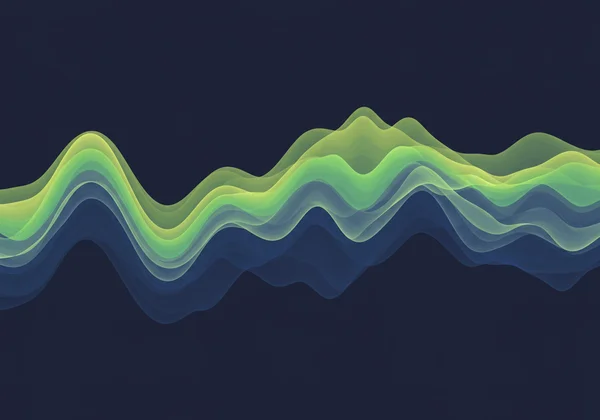
Cyclothymia Symptoms: Chronic Mild Mood Fluctuations Explained
Cyclothymia, sometimes called Cyclothymic Disorder, is considered a milder form on the bipolar spectrum. It is characterized by a chronic, fluctuating mood disturbance involving numerous periods of hypomanic symptoms and periods of depressive symptoms that are not severe enough to meet the criteria for a full hypomanic or major depressive episode.
To be diagnosed with cyclothymia, these mood fluctuations must be present for at least two years (one year in children and adolescents), with the "high" and "low" periods present for at least half of that time. While the symptoms are less severe, their chronic nature can still cause significant distress and impact relationships and daily functioning.
Living with Cyclothymia: Patterns and Potential Progression
Living with the chronic mood fluctuations of cyclothymia can be challenging. Individuals may be seen by others as moody, unpredictable, or unreliable. The persistent instability can make it difficult to maintain consistent work, school, and personal routines.
It is also important to note that individuals with cyclothymia are at an increased risk of eventually developing Bipolar I or Bipolar II disorder. Recognizing the pattern early and seeking support can be crucial for managing the symptoms and improving long-term stability. Understanding these patterns is a key goal of an initial bipolar screening questionnaire.
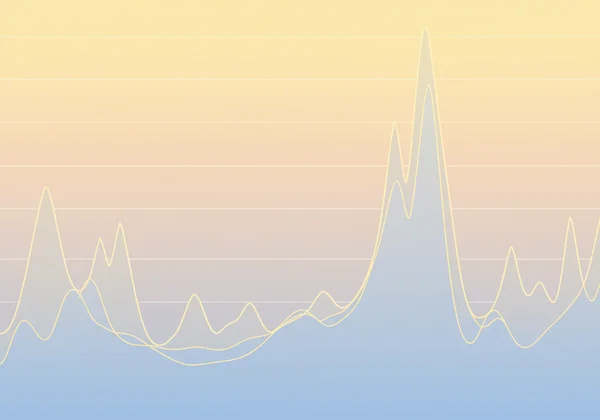
How Are Bipolar Types Distinguished and Diagnosed?
Distinguishing between these bipolar disorder types requires a careful and thorough evaluation by a qualified healthcare professional, such as a psychiatrist or psychologist. There is no blood test or brain scan for bipolar disorder; a bipolar disorder diagnosis test is based on a clinical assessment of your symptoms, personal history, family history, and experiences.
A professional will ask detailed questions about your mood episodes—their duration, severity, and the impact they've had on your life. They will work to rule out other medical or psychiatric conditions that could be causing your symptoms. Being open and honest during this process is key to receiving an accurate diagnosis and an effective treatment plan.
The Role of a Bipolar Screening Questionnaire in Initial Insights
So, where do you start if you suspect you might have a bipolar spectrum disorder? A bipolar screening questionnaire can be an incredibly valuable first step. These tools, often based on clinically recognized screeners like the Mood Disorder Questionnaire (MDQ), are designed to help you identify potential signs and patterns of bipolar disorder in a private, non-judgmental way.
A screening test is not a diagnosis. Instead, it provides you with preliminary insights that can help you organize your thoughts and concerns. The results can serve as a starting point for a more productive conversation with a doctor or therapist. Take a free screening today to gain confidential clarity on your mood patterns.
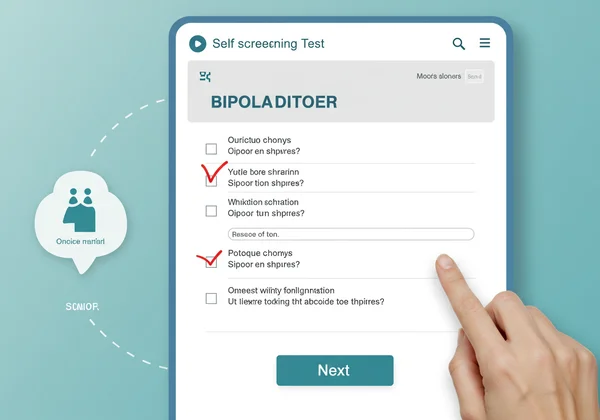
Taking the First Step: Understanding Your Unique Mood Patterns
Navigating the complexities of mood swings can be overwhelming, but understanding the differences between Bipolar I, Bipolar II, and Cyclothymia can empower you to frame your experiences and seek the right support. These conditions are defined by specific patterns of mood episodes, and identifying your unique pattern is the first step toward managing it effectively.
If this guide resonates with you, you don't have to wonder in silence. Taking a free, confidential online bipolar disorder test is a proactive and empowering way to gain initial insight. It can be the catalyst that helps you move forward on your mental health journey with greater confidence and clarity. Ready to learn more? Start your journey on our homepage.
Common Questions About Bipolar Disorder Types
What is the main difference between Bipolar 1 and Bipolar 2?
The primary difference is the severity of the "high" mood episodes. Bipolar I is defined by the presence of at least one manic episode, which is a severe mood disturbance that significantly impairs functioning. Bipolar II is characterized by less severe hypomanic episodes, which do not cause major impairment but occur alongside major depressive episodes.
Can cyclothymia evolve into a full bipolar disorder?
Yes, it can. Individuals with cyclothymia have a higher risk of developing Bipolar I or Bipolar II disorder later in life. This is why recognizing and addressing the chronic mood instability of cyclothymia is important for long-term mental wellness.
How can a self-screening test help me understand my specific mood patterns?
A self-screening test acts as a structured guide to help you reflect on your experiences with mood highs and lows. It asks specific questions about symptoms that you might not have connected before. The results from our confidential test can provide a summary of potential signs, helping you see a clearer pattern and making it easier to discuss your concerns with a healthcare professional.
Is there a blood test to distinguish between bipolar types?
No, there is currently no blood test or other biological marker that can diagnose or distinguish between the types of bipolar disorder. Diagnosis relies entirely on a comprehensive clinical evaluation of an individual's symptoms and life history by a trained mental health professional.
Disclaimer: This article is for informational purposes only and does not constitute medical advice. The content is not intended to be a substitute for professional medical advice, diagnosis, or treatment. Always seek the advice of your physician or other qualified health provider with any questions you may have regarding a medical condition. The online screening tool mentioned is a preliminary self-assessment and not a diagnostic tool.